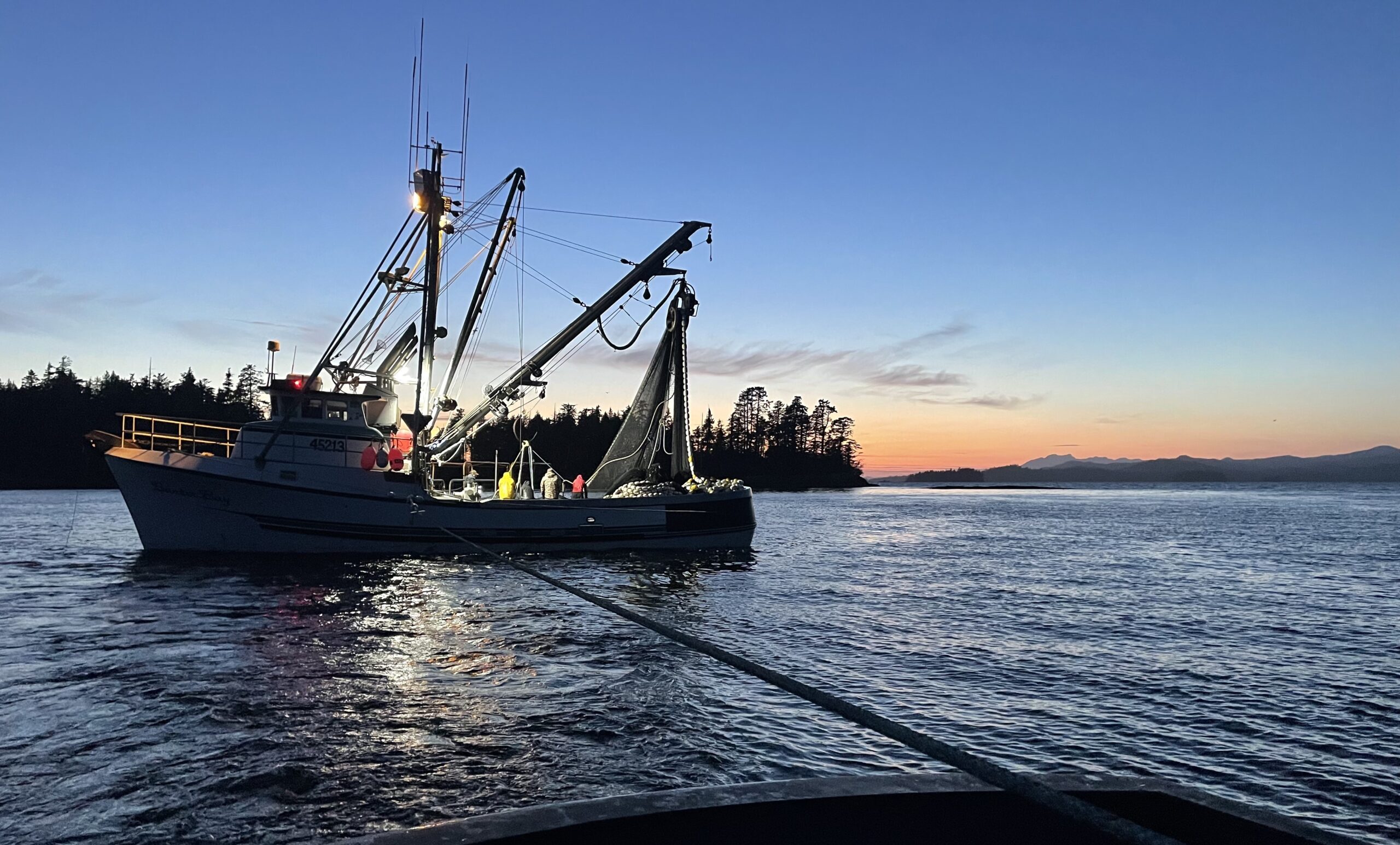Yesterday the Council passed their Final Action agenda item that will allow one Recreational Quota Entity (RQE) as a non-profit entity, registered with the IRS, to purchase and hold commercial halibut quota share for use by the guided halibut fishery with two pools, one for each area 2C and 3A.
The annual limit on transfers to the RQE will be 1% of commercial quota share in 2C and 1.2% of quota share in 3A, based on the 2015 quota share units pool.
There will also be a cumulative cap on the amount of quota share held by the RQE and leased under GAF in a year. The cumulative cap will be managed annually on a sliding scale with no more than 10% of 2015 commercial quota share held as RQE and leased as GAF in 2C and 12% in 3A.
There will be restrictions on transfers to the RQE in an effort to protect new and current entrants. The RQE cannot obtain D class quota in 3A or more than 10% of all D and B class in 2C in 2015 quota shares and in any one year. Blocks of quota share that equal 1,500 or less pounds in 2015 will also be prohibited from RQE purchase for both areas.
Each year, as of October 1, the amount of quota share held by the RQE will be added to the guided allocation under the Catch Sharing Plan for the upcoming year. This amount of quota must be held for the remainder of the fishing season. This combined allocation will be used to recommend guided recreational harvest measures.
Transfers would be allowed in both directions. If the entity has an excess of quota share that would allow for bag limits beyond those of the unguided sector, it will transfer back. 50% of this excess would be distributed equally to all catcher vessel quota share holders, in the applicable area who do not hold more than 32,333 quota share units in 2C and 47,469 quota share units in 3A (this is equivalent to the amount of quota shares that equals 2,000 pounds of IFQ in 2015, it would also transfer back proportionally i.e. each quota share unit would get the same amount back, and thereby owners of more quota share would get more back). The remaining 50% would be distributed equally among all CQE’s in the applicable area that held halibut quota share in the previous year. If no CQE held quota share in the previous year, the unallocated quota share would remain in the water.
The Council recommended that the RQE use its funds primarily for the acquisition of commercial halibut quota share, halibut conservation/research, promotion of the halibut resource, and administrative costs. The Council also intends RQE resources not be involved in political campaigns.
The RQE could legally purchase and hold a total of 5 charter halibut permits, since that is the limit set for any individual or entity when charter halibut permits were created.
The RQE will be required to submit articles of incorporation and management organization information to NMFS including bylaws and a list of key personnel including but not limited to the Board of Directors, officers, representatives, and managers.
A member of the Alaska Department of Revenue may sit as an ex-officio member of the RQE board. The commissioner of ADF&G, or their designee, may sit as a voting member of the board. The RQE shall file an annual report detailing RQE activities of the prior year by January 31 of each year including: a list of purchase or sales of quota share, any changes to the bylaws, any changes to the Board of Directors or key personnel, number of Charter Halibut Permits held, funds spent on conservation, research, and promotion of the halibut resource and a summary of results, administrative expenses, and all other expenses.
